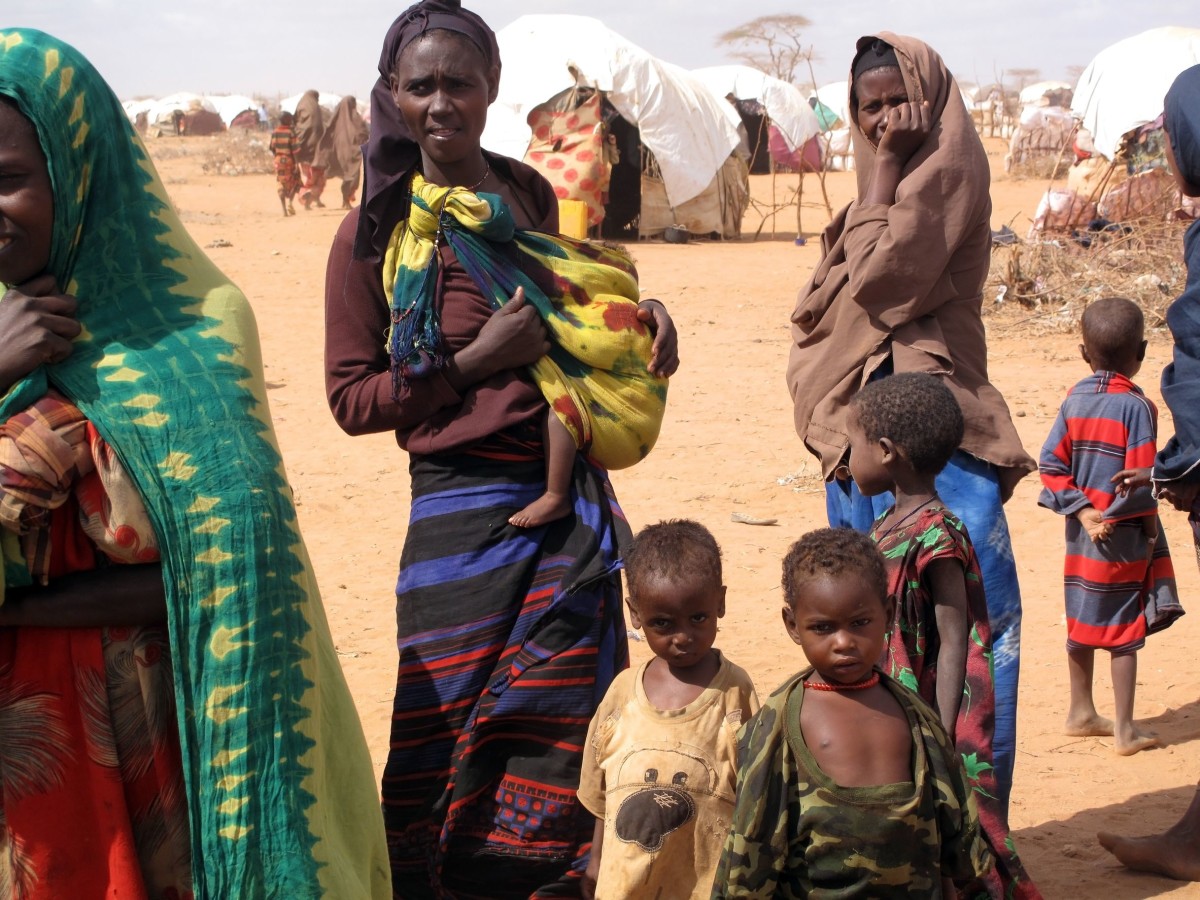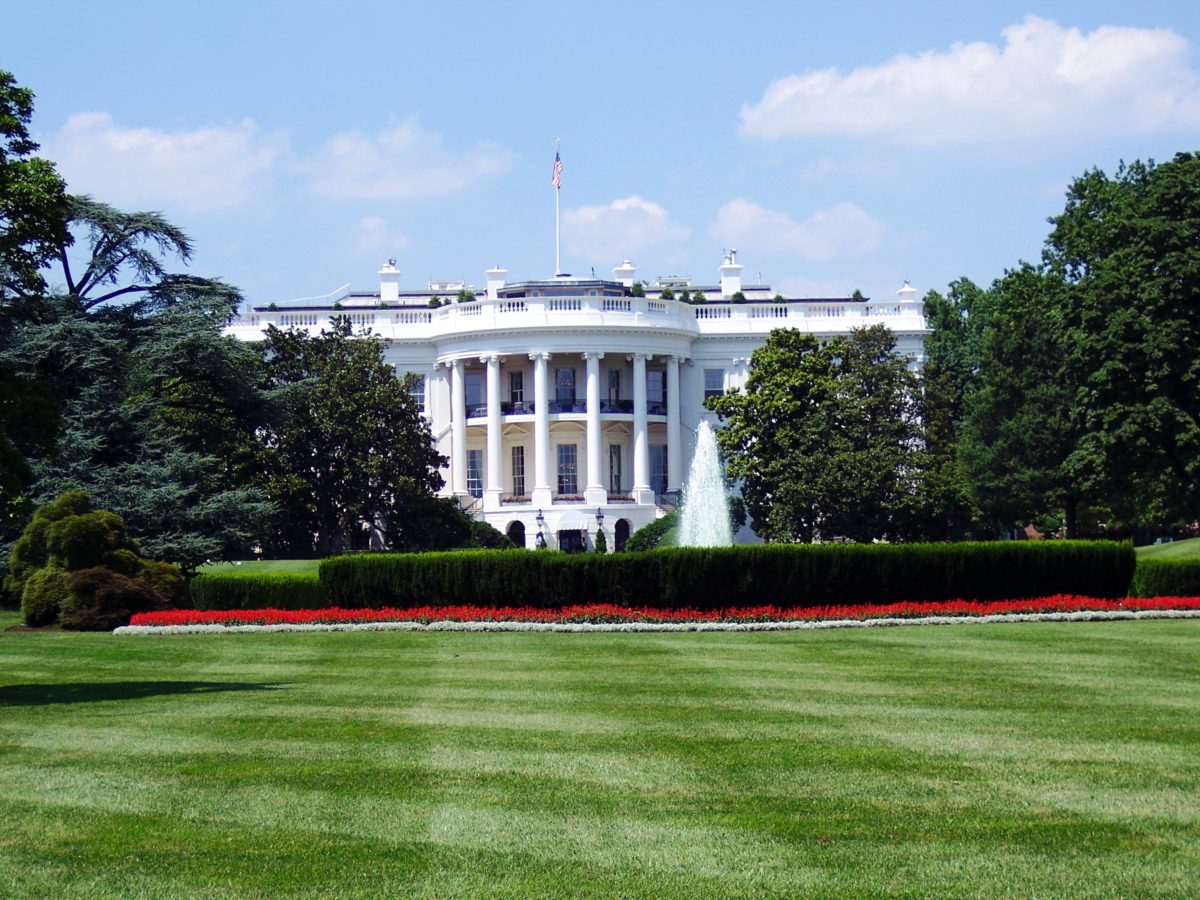March 21, 2025
The United States Agency for International Development (USAID), the agency created by Congress in 1961 to lead America’s development and humanitarian assistance, has been decimated by President Trump’s January 21 Executive Order freezing U.S. foreign assistance.
Why should Americans care? For several reasons. First, USAID, until it was decimated, was the world’s largest provider of food aid, nutritional, health, and humanitarian assistance, saving millions of lives of women and children around the world. While many Americans believe that foreign aid takes a large share of federal spending, in fact this assistance accounts for less than 1% of government spending.
Cancellation of this aid has direct and immediate impact on vulnerable people in low- and middle-income countries. Nicholas Enrich, the acting assistant administrator for global health at USAID, who was placed on administrative leave on March 2 for documenting the failure of the Trump administration to follow through on its pledge to allow waivers for lifesaving foreign aid, has written that the consequences of halting $7.7 billion in funding for lifesaving global health programs will lead to the following each year:
- 5–17.9 million cases of malaria, with an additional 71,000–166,000 deaths;
- a 28-32% increase in tuberculosis globally;
- an additional 200,000 paralytic polio cases;
- more than 28,000 cases of Ebola, Marburg, or related diseases;
- 17 million pregnant women without access to life-saving services when faced with delivery complications;
- 11 million newborns not receiving critical postnatal care;
- 1 million children not treated for severe acute malnutrition.
“USAID’s failure to implement lifesaving humanitarian assistance under the waiver is the result of political leadership at USAID, the Department of State, and DOGE, who have created and continue to create intentional and/or unintentional obstacles that have wholly prevented implementation,” wrote Enrich on Feb. 28. “This will no doubt result in preventable death, destabilization, and threats to national security on a massive scale.”
Second, the decimation of USAID hurts American businesses, faith-based organizations, and farmers. USAID had a well-established strategy to prioritize contracts for American small businesses like Rhode Island-based Edesia which manufacturers a lifesaving paste for severely malnourished babies. Cancellation of Edesia’s contract not only harmed this business of 150 employees but also the farmers across 25 states, the U.S. ocean liners Edesia paid to ship hundreds of metric tons of its Plumpy’Nut therapeutic paste, and finally, to the international organizations that distributed it to children staving off death.
Third, this assistance, proudly branded by USAID as “From the American People”, created good will towards the United States and its citizens. It also contributed to America’s and global health security by fighting infectious diseases and strengthening local capacity to detect and fight scourges like Ebola, Mpox, and Avian flu which continue to be threats to the United States. Wholesale cancellation of support for infectious disease and research on how to prevent and mitigate pandemics makes Americans less safe and more vulnerable.
Presidential Advisor Elon Musk bragged on X on February 3 that “We spent the weekend feeding USAID into the wood chipper. Could have gone to some great parties. Did that instead.” Under the direction of Musk’s Department of Government Efficiency, USAID’s headquarters in Washington, DC was closed, over 4,000 USAID staff terminated, and another 4,765 direct hires placed on administrative leave.
By early February, USAID contractors and implementing partners, including those providing humanitarian assistance and emergency food relief like Catholic Relief Services and Lutheran World Relief, began receiving stop-work orders. Some of these contractors and implementing partners then received communication that the stop-work orders were lifted, but then in many cases were contacted again to say the stop-work orders were still in effect.
Effectively gutting the USAID workforce means that actions to issue waivers for lifesaving programs, as the Trump Administration claimed it was doing, or to support the continuance of “approved” programs, are not happening. USAID’s payment system is not accessible. As a result, most contractors and implementing partners have not been paid for work they did before the freeze, and many have been forced to lay off and furlough staff or even cease operations.
While U.S. Secretary of State Marco Rubio, now the acting administrator of USAID, has repeatedly said he has issued a blanket waiver for lifesaving programs, including food and medical aid, no staff at implementing partners or USAID means promises of such waivers are cruel hoaxes. In early March, Rubio announced that 5,200 USAID programs had been terminated and that about 1000 USAID programs would be continued but administered by the State Department.
In addition to stopping the delivery of food and humanitarian assistance, the Trump Administration also ended the USAID-funded Famine Early Warning Systems Network (FEWS NET) which monitored drought, crop production, food prices, and other indicators in order to forecast food insecurity in more than 30 countries. FEWS NET was created following the 1984 famine in Ethiopia, which killed an estimated 400,000 to 1 million people – and caught the world off guard. President Ronald Reagan then challenged USAID to create a system to provide early warning and inform international relief efforts in an evidence-based way. Managed by contractor Chemonics International, FEWS NET employed researchers in the United States and around the world to provide eight-month projections of where food crises will likely emerge. Now, its work to prevent hunger in Sudan, South Sudan, Somalia, Yemen, Ethiopia, Afghanistan, and many other countries has been stopped. Amid the aid freeze, FEWS NET has no funding to pay staff in Washington or those working on the ground. The wealth of data that underpinned global analysis of food security – used by researchers around the world and paid for by the American people – has been pulled offline.
Aside from the immediate damage to health and health security that the decimation of USAID poses, the assault on USAID has also removed access to the world’s largest public repository of development assistance documentation, the USAID Development Experience Clearinghouse. A public good paid for by American taxpayers, the Clearinghouse and its thousands of resources are now unavailable. It is clear from the draconian cuts to USAID programs and staff that it is not a priority for the Trump Administration to make development knowledge and information available.











 Central African Republic, the Central Sahel, the Democratic Republic of the Congo (DRC), Ethiopia, Nigeria, Somalia, South Sudan, Sudan, Syria, and Yemen.”
Central African Republic, the Central Sahel, the Democratic Republic of the Congo (DRC), Ethiopia, Nigeria, Somalia, South Sudan, Sudan, Syria, and Yemen.”


 nsch, WHES Director
nsch, WHES Director

